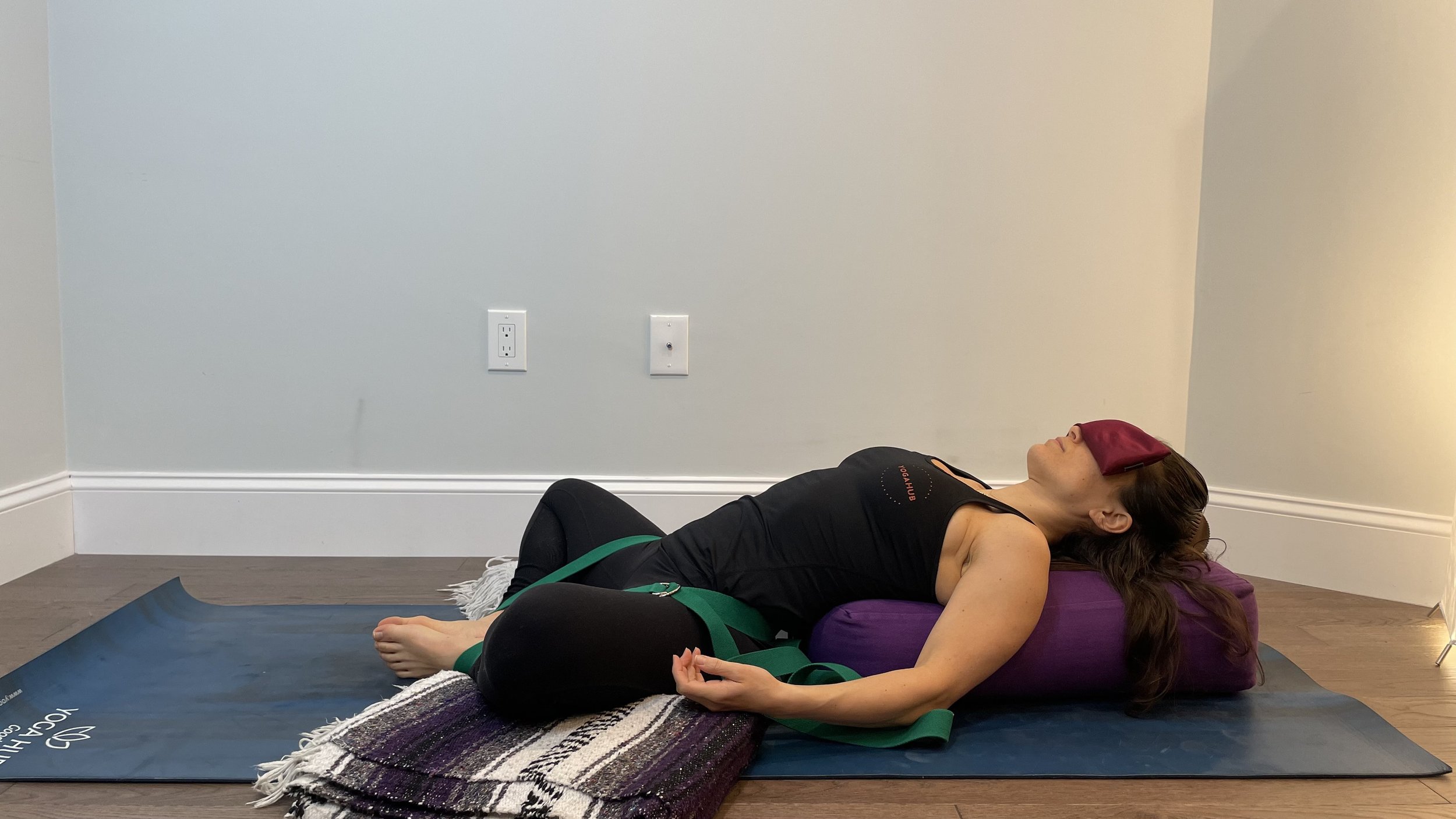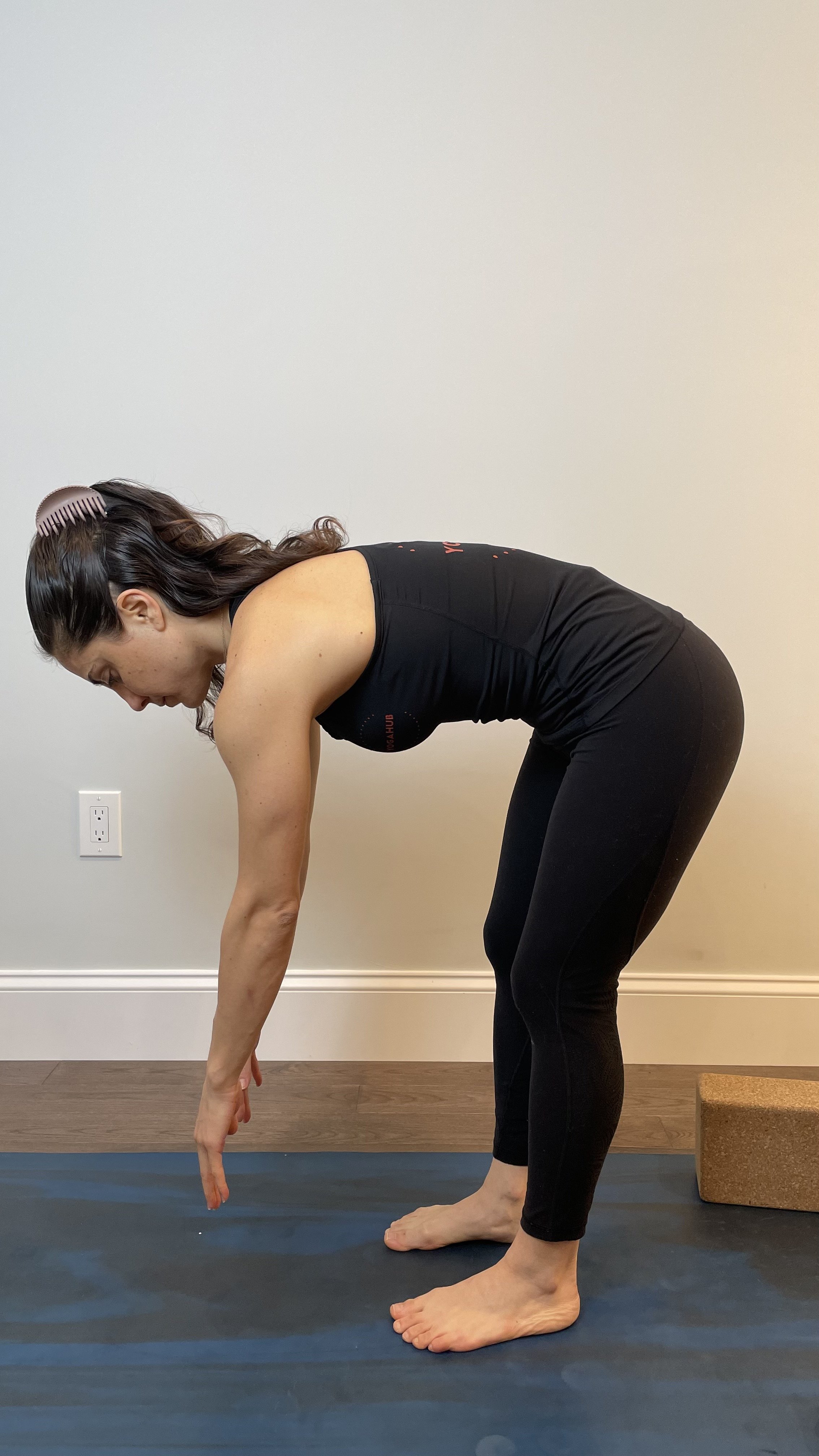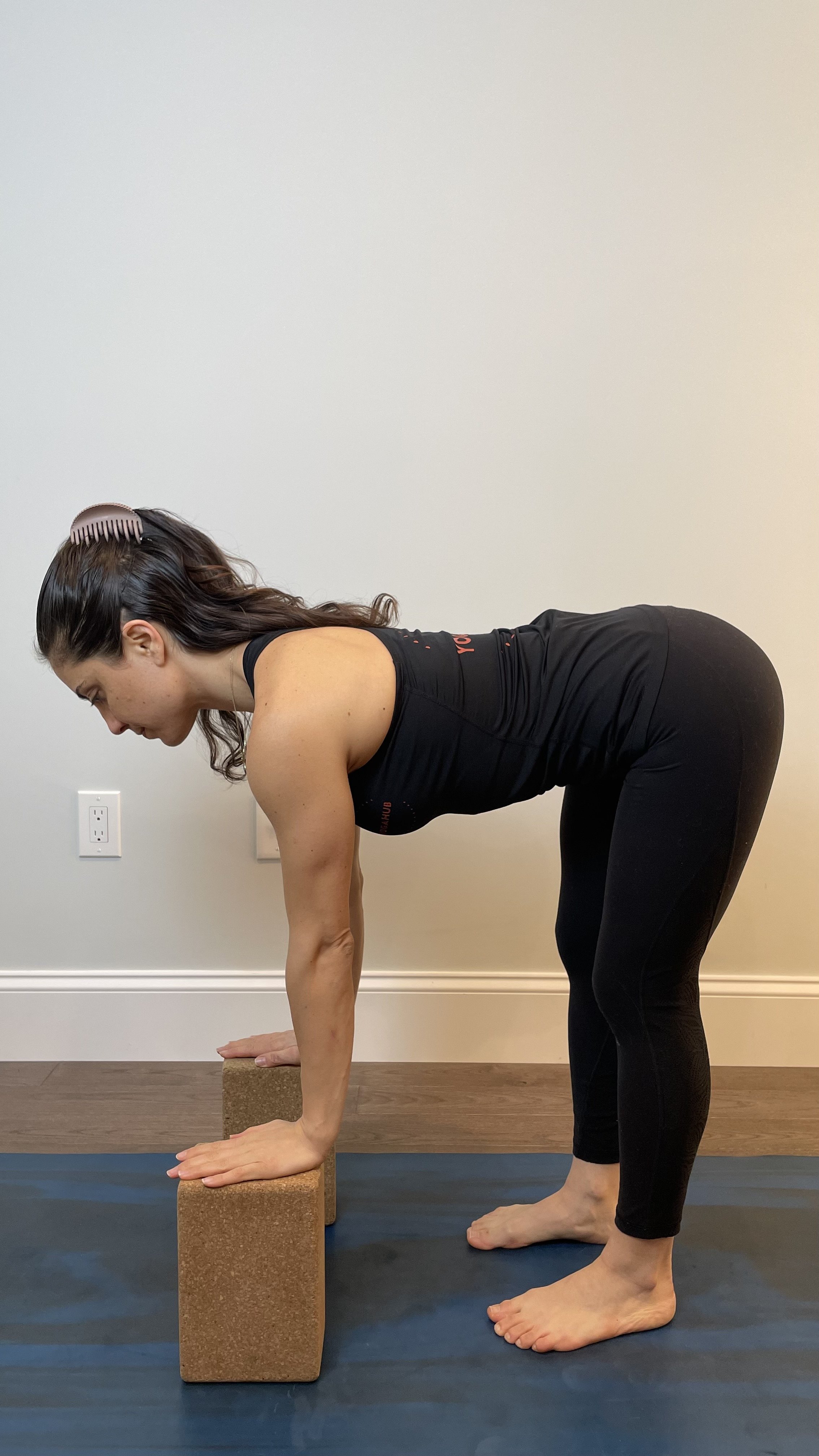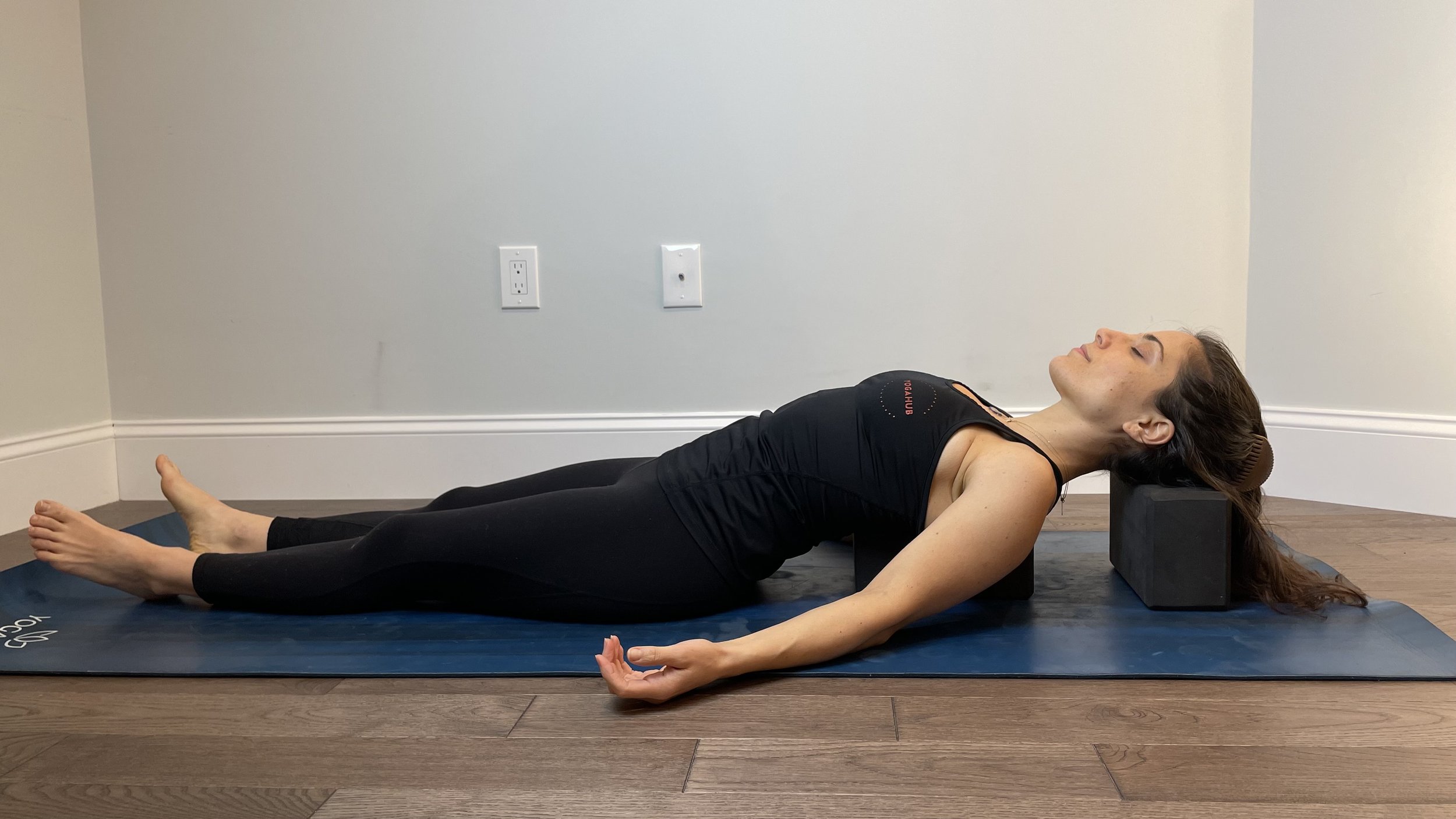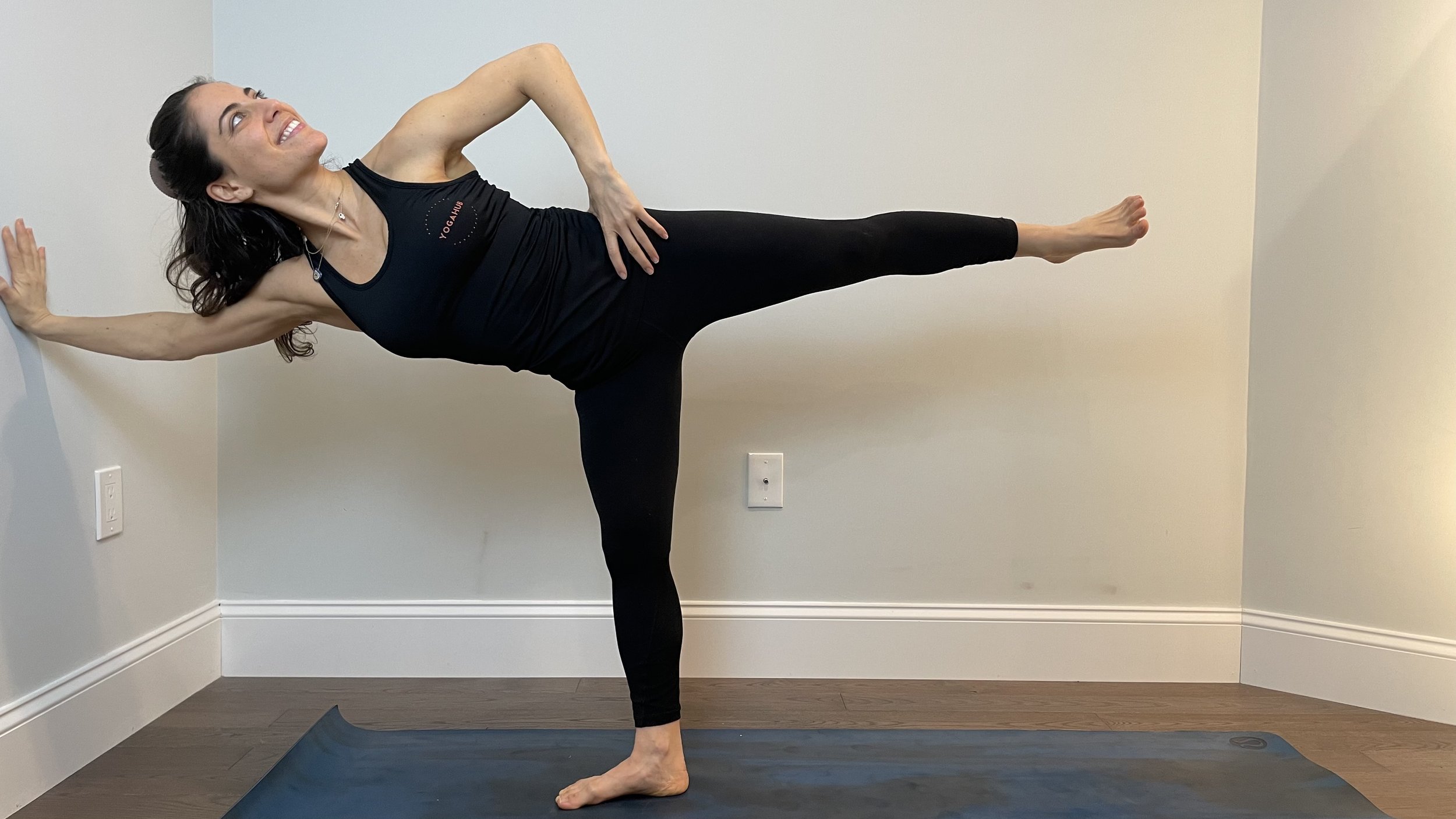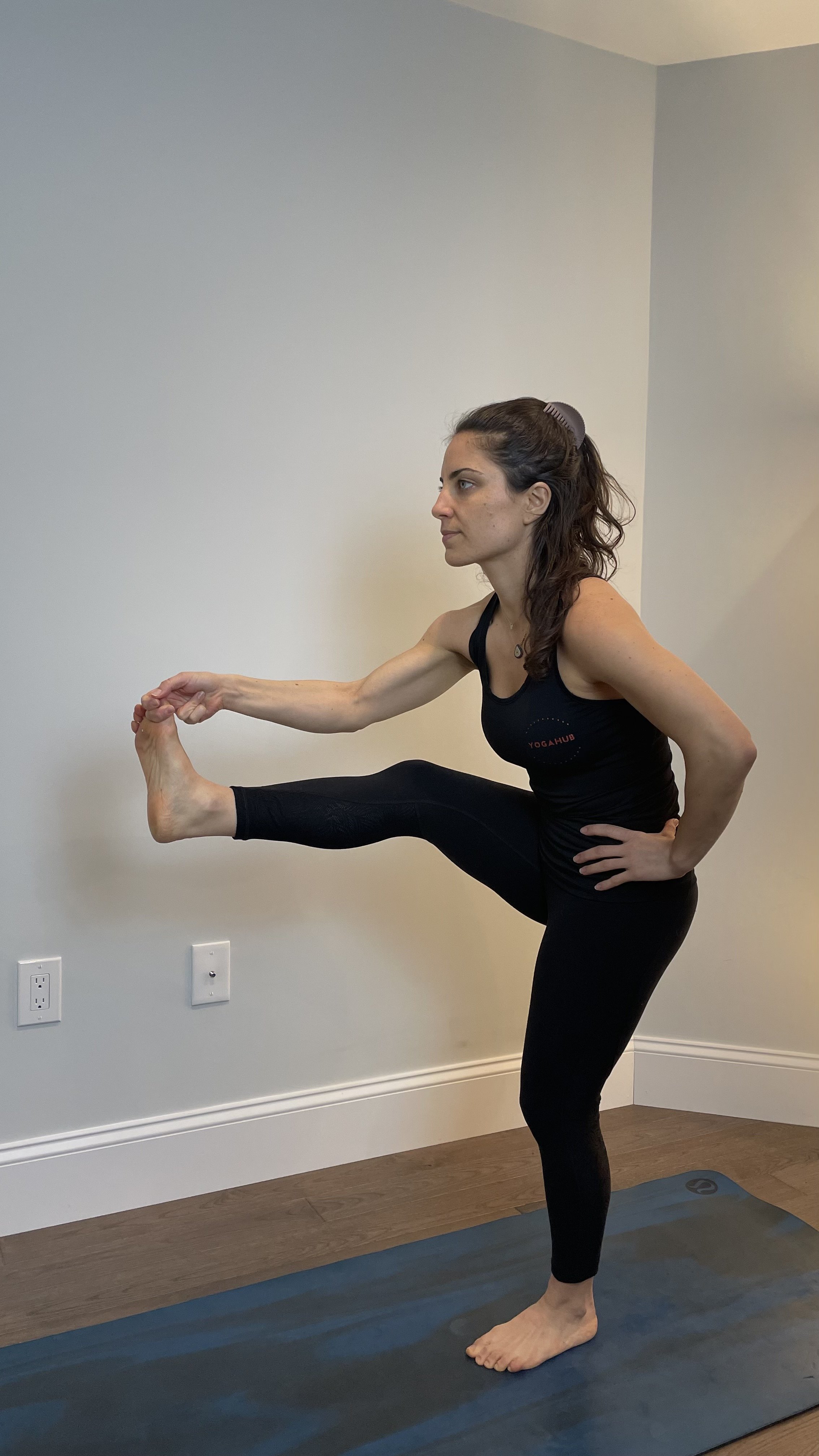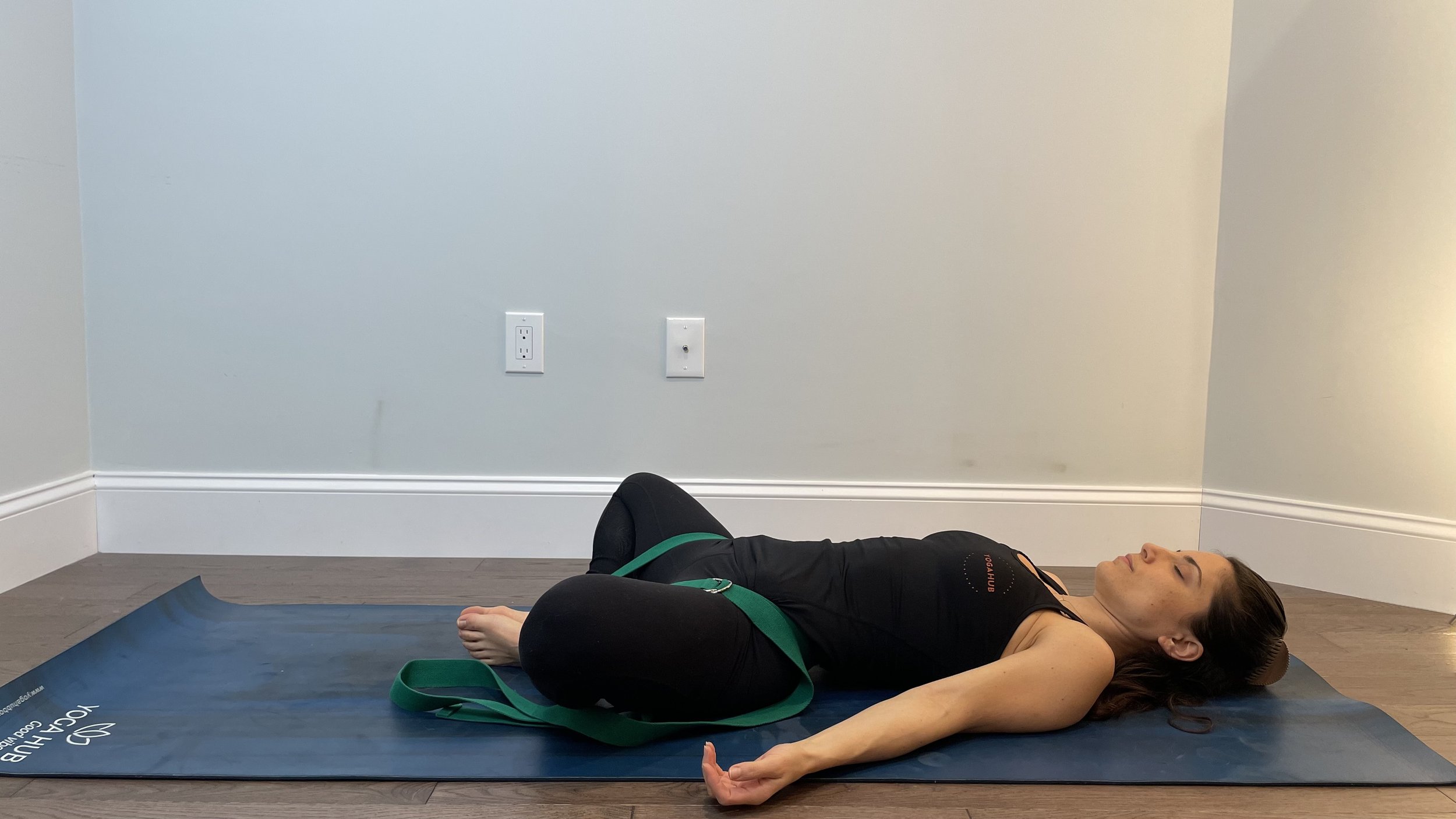Which props to buy, and alternative options of what you have around
Short on time? Here’s a quick answer: if you are ready to practice yoga more than once and have zero equipment, I’d recommend you borrow or buy:
a yoga mat
a cork block
And now for the WHY:
Yoga props can be incredibly helpful. Regular practitioners will benefit from investing in props as tools to support their personal practice. But let’s touch on one important yoga lesson first: you have the ability to build a wise and refined yoga practice without buying anything at all. In fact, minimizing possessions is more aligned with a true yogic lifestyle than having all of the dedicated equipment.
Aparigraha (non-hoarding) is an observance that counteracts our natural human desire to acquire and own things.
Before buying anything at all, consider if you really do need it. Otherwise you’ll end up with a mass of things that weigh you down and own YOU more than you own them.
Your Practice, Your Tools
Every yogi has their own preference on what props they use and it usually varies from day to day, along with the style of practice. For example, “yin” and restorative yoga typically involve a lot more blankets and bolsters than vinyasa. Iyengar yoga is nearly impossible to start without blocks, and there’s even studio classes that offer postures hanging from ropes on the wall!
So in terms of what’s available on the market, sky's the limit! The more you practice, the more you’ll understand which yoga props you do and don't need. In general, if you see that your spine contorts out of a long and strong alignment in the process of making a shape with the rest of your body, that’s a great opportunity to use a prop.
Start with buying as few items as possible, working with what you have at home. When you practice with svadhyaya (self-study), you will quickly discover what you need and most importantly: you’ll know why and how to use it!
VIP or “Very Important Prop”: The Yoga Block
Every posture works from the ground up; the ground itself the number #1 yoga prop! It’s the strong, stable, supportive, foundation from which we grow. The things we put on top of the ground, including our yoga mats, are simply tools to make it a more supportive foundation.
Apart from a yoga mat, I find that the most useful yoga props to have around are blocks. Yoga blocks act as “ground lifters,” preventing your spine from rounding in order to reach the floor.
For example, if you’re working with tight hips in utthita parsvakonasana, bring a block under your bottom hand. That way you can reach the ground and leverage up from it without having to round your back or swing your hips behind you.
In some cases (like trikonasana pictured below), a sturdy water bottle will make due if you don’t have blocks lying around.
But in some cases (like tolasana), replacing blocks with water bottles is ineffective, dangerous, and ill advised.
Should I have one or two blocks?
Minimalists will be happy to know that starting with just one yoga block opens up many doors. If you start with one, you might discover that no more are necessary. Having two blocks can be helpful for symmetrical poses.
What kind of blocks should I buy?
Blocks come in different sizes. This size is standard: 9”x6”x4”. Narrower blocks, like 3” instead of 4” might be more useful if you have smaller or shorter bone structure.
Cork blocks are denser, heavier, and provide more stability than foam blocks. Depending on your uses you might decide foam is better.
Laying on blocks like in matsyasana bodes well for foam instead of cork blocks.
“Block” alternatives for hatha yoga practice
If flow is not a priority in your practice, you could use a wall, chair, or desk (really any sturdy object) instead of blocks. Blocks are most handy because they’re mobile: you can bring them to your mat instead of having to orient your practice around the space you’re in.
Blankets and Bolsters: Essential for Yin and Restorative practice
Blankets and bolsters work in very much the same way blocks do, by bringing the ground up closer to you. The difference is that they’re softer and shape around your body, which is helpful if you’re aiming to sink down into the ground instead of lifting yourself away from it.
Most studios provide the Mexican blankets because they’re thick, easily foldable, and give height. If you don’t have this type of blanket at home, usually towels have the same qualities. Throw blankets tend to have less lift than thicker blankets or towels.
Think of bolsters as just a stack of blankets. You could easily use overstuffed pillows or a pile of nicely folded towels instead of a yoga bolster. You could also use two blocks with a blanket over them. Truth be told, the bolster is one of my personal favorite props. For seated meditation, it’s a much smoother and uninterrupted posture transition to grab the big clunky bolster than mentally step outside the zone of concentration and set up a neat pile of blocks and blankets.
Helpful, but probably the lowest buying-priority: a yoga belt or strap
Great for binds, a belt is an arm- and leg-extender for standing upright poses. It’s most likely that you already have an at-home alternative you could work with before deciding if it’s worth an additional investment.
Do you have a scarf, belt, or thin hand towel that you can dedicate to your practice? Most of these items will do just fine instead of a formal belt.
Extended side angle, bird
Standing big toe pose
If you’re using the strap as a full complete loop like in bound reclined angle, you’re probably going to need the real deal.
Conclusion
Yoga props are a means to bring more stability and safety to your practice. Explore your practice with what you have at home first and then invest in the equipment that is helpful for you (i.e. when and where can you add support to maintain a straight and strong spine?).
The benefit of gathering equipment over time is that you learn the right uses and appreciate the value within your practice. Better than having the “perfect” yoga setup is amplifying your intention behind every action. That is yoga.

